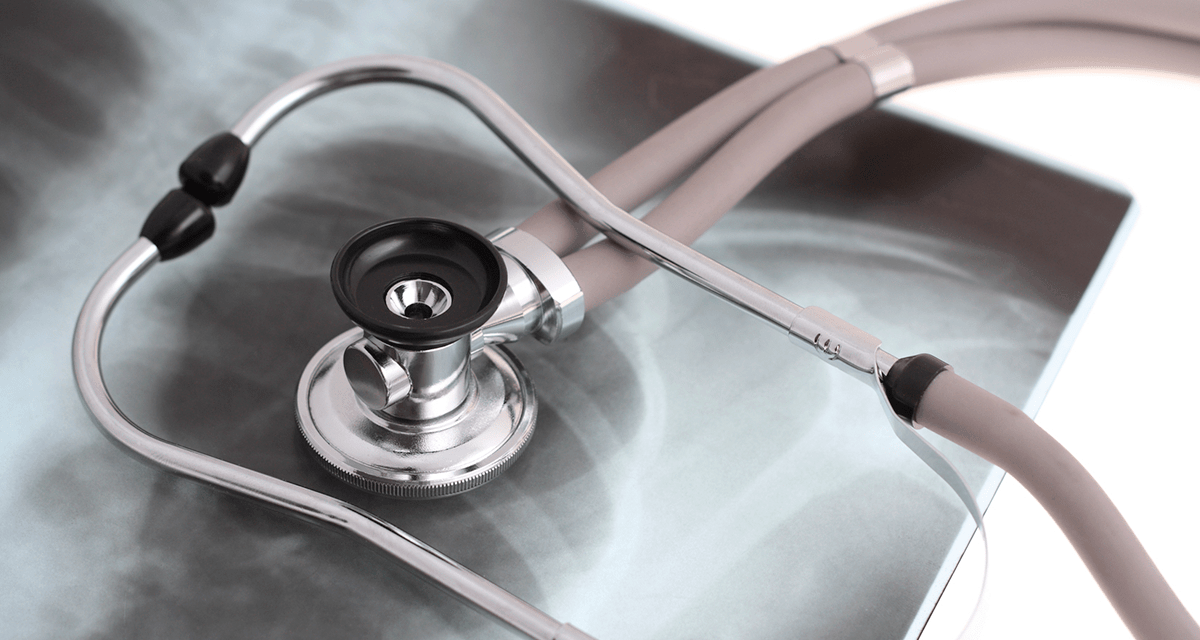Limb-girdle muscular dystrophy 3 (LGMDR3) is caused by mutations in the SGCA gene coding for α-sarcoglycan (SG). Together with β- γ- and δ-SG, α-SG forms a tetramer embedded in the dystrophin associated protein complex (DAPC) crucial for protecting the sarcolemma from mechanical stresses elicited by muscle contraction. Most LGMDR3 cases are due to missense mutations, which result in non-properly folded, even though potentially functional α-SG. These mutants are prematurely discarded by the cell quality control. Lacking one subunit, the SG-complex is disrupted. The resulting loss of function leads to sarcolemma instability, muscle fiber damage and progressive limb muscle weakness. LGMDR3 is severely disabling and, unfortunately, still incurable. Here we propose the use of small molecules, belonging to the class of cystic fibrosis transmembrane regulator (CFTR) correctors, for recovering mutants of α-SG defective in folding and trafficking. Specifically, CFTR corrector C17 successfully rerouted the SG-complex containing the human R98H-α-SG to the sarcolemma of hind-limb muscles of a novel LGMDR3 murine model. Notably, the muscle force of the treated model animals was fully recovered. To our knowledge, this is the first time that a compound designated for cystic fibrosis (CF) is successfully tested in a muscular dystrophy and may represent a novel paradigm of treatment for LGMDR3 as well as different other indications in which a potentially functional protein is prematurely discarded as folding-defective. Furthermore, the use of small molecules for recovering the endogenous mutated SG has an evident advantage over complex procedures such as gene or cell transfer.© The Author(s) 2021. Published by Oxford University Press.
CFTR corrector C17 is effective in muscular dystrophy, in vivo proof of concept in LGMDR3.


